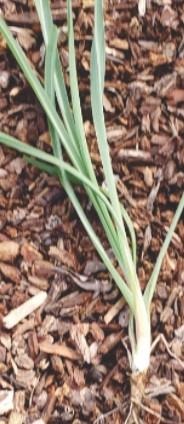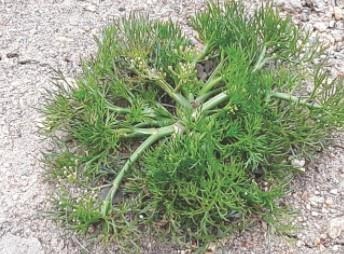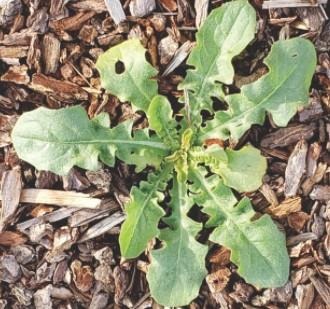By Melody Kendall
One definition for a weed is a plant that is growing where you don't want it. Typically, weeds get a bad rap. These plants are very efficient and perfectly comfortable in their favored locations with their heightened water absorption and seed dispersal abilities. They seem to fill in areas overnight and make our lives, if not miserable, at least busy as we work to remove them. Surprisingly, these plants have many positive attributes. Their ability to ‘fill in' will help to reduce dust and soil erosion, provide cover and food for birds and habitats for beneficial predators. Some of these pesky plants can also provide nectar and pollen for honeybees, be eaten by humans and provide therapeutic herbal and pharmaceutical benefits. Interestingly, some weeds can even indicate the condition of the soil they are growing in just by flourishing there. A weed growing in a particular area can indicate a soil nitrogen deficiency, overwatering, poor drainage and other conditions. Also, weeds will provide a cover crop rather than bare soil and thus help support healthy soil.
Identifying these plants will help you understand and plan for your management of them. Look closely at the plant's size and leaf configuration, plant shape and how it flowers/produces and distributes its seeds. Also, take time to look for any pests or diseases on the plants. Once you've gathered all this information you can use the various weed ID links and apps available online to identify the plant. The University of California has two very good ones that are listed at the end of this article. Once you identify your weed the great weed wars can begin. Remembering all the good attributes listed above and if the plants are growing in an unincorporated area of your garden, you might just leave them alone. Some downsides of this plan would be that these plants are seed dispersal masters and the seeds from these plants in those areas might spread to groomed areas of your landscape if allowed to grow unabated.

Common Salsify
When targeting weeds for removal it is imperative that you make your move before the plant flowers and sets seeds. Once seeds are ready to disperse you have very little time to act. The most effective, long-term way to manage weeds is by using integrated pest management or IPM. This technique consists of a combination of methods that work better together than separately. Approaches for managing weeds are often grouped in the following categories.

Wild Fennel
Biological control
Biological control is the use of natural enemies—predators, parasites, pathogens, and competitors—to control pests and their damage. Invertebrates, plant pathogens, nematodes, weeds, and vertebrates have many natural enemies.
Cultural controls
Cultural controls are practices that reduce pest establishment, reproduction, dispersal, and survival. For example, changing irrigation practices can reduce pest problems, since too much water can increase root disease and weeds.
Mechanical and physical controls
Mechanical and physical controls kill a pest directly, block pests out, or make the environment unsuitable for it. Traps for rodents are examples of mechanical control. Physical controls include mulches for weed management, steam sterilization of the soil for disease management, or barriers such as screens to keep birds or insects out.

Sowthistle
Chemical control
Chemical control is the use of pesticides. In IPM, pesticides are used only when needed and in combination with other approaches for more effective, long-term control. Pesticides are selected and applied in a way that minimizes their possible harm to people, nontarget organisms, and the environment. With IPM you'll use the most selective pesticide that will do the job and be the safest for other organisms and for air, soil, and water quality. Use pesticides in bait stations rather than sprays; or spot-spray a few weeds instead of an entire area. Always keep in mind that any herbicide you use will have the possibility of killing all plants, not just the ones targeted. Powdered/pellet style herbicides have the ability to percolate down into the soil and be drawn up into your surrounding landscape plants root systems. The overspray from liquid applications has the possibility of landing on your treasured garden plants if there is the least bit of a breeze.
A last, very important note on chemical controls – always read and follow the label. Before you make a selection, you need to know the name of the weed, its life cycle, the soil type, environment conditions (temperature, wind, rain) and if your weed is on the susceptible list. Make sure that you have the application equipment, do the correct calibrations and wear protective clothing.
You now know what weeds you are targeting, and you have the knowledge, using the IPM method, of how best to remove vexing weed infestations. So, make a plan, don your battle gear and sally forth implementing your strategies.
Source : ucanr.edu